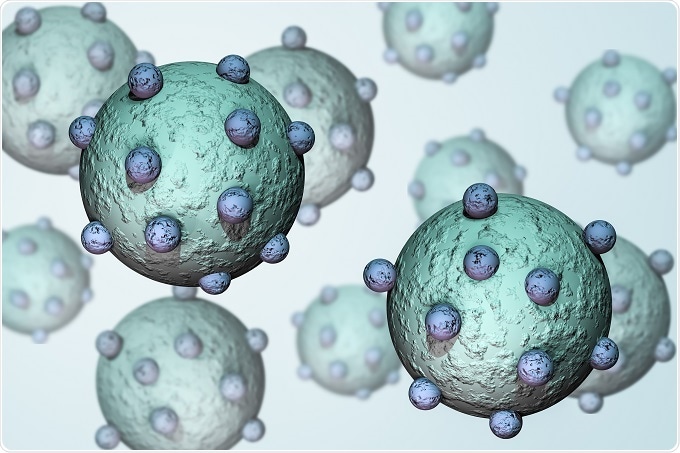A systematic mutation analysis has shown that changes in just three amino acids of the avian influenza H7N9 virus receptor binding protein confers specificity for human cells.
 Credit: Nixx Photography/Shutterstock.com
Credit: Nixx Photography/Shutterstock.com
H7N9 is a strain of influenza virus that usually only infects birds. However, in 2013 a human flu outbreak was found to be caused by H7N9 acquired from poultry markets. Although the virus had gained the ability to infect humans, it did not acquire human specificity and so could not transfer between humans. Consequently, closure of the poultry markets stopped the outbreak.
The unprecedented incidence of the flu virus being transmitted to humans from infected poultry raised concerns that the virus may be adapting to a human host. To assess this risk, scientists at The Scripps Research Institute, California assessed which mutations in the H7N9 DNA could allow it to gain human specificity.
The protein on the surface of the flu virus that allows it to attach to host cells is called haemagglutanin and there are several subtypes of this protein (H1 to H16). Typically, only H1, H2 and H3 have been found in flu viruses infecting humans.
Avian flu strains produce H7 that confers binding specificity for birds. Researchers therefore looked for mutations in the DNA of the avian flu virus encoding H7 that would result in a haemagglutanin similar to H1, H2 or H3 being produced. Such mutations would allow H7 to bind to human cells. If the avian flu virus acquired human specificity, it would be able to spread between humans in the same way as human flu strains, which have caused serious pandemics in the past.
Study of the structure of different haemagglutanin subtypes and application of molecular modelling techniques, allowed the team to determine which mutations had the potential to change the H7 amino acid sequence in such as way that the protein would become human specific. They then produced a range of haemagglutanin proteins with different combinations of these identified mutations. The specificity of the engineered haemagglutanins was assessed in an experimental cell line.
Binding tests showed that several forms of haemagglutanin with mutations in three amino acids had a particularly strong affinity for human receptors. This indicated that the H7 specificity had switched from bird cells to human cells as a result of these mutations.
H7 haemagglutinins with the three amino acid changes were also shown to successfully attach to cells in samples of human trachea tissue as was seen in the 2013 outbreak.
In the interest of safety (to avoid the obvious dangers of creating human-specific H7N9 viruses) the team cannot introduce DNA with the triple mutation into H7N9 viruses. The transmission of the mutated virus between animals cannot therefore be tested directly.
However, since the potentially dangerous mutations have now been identified scientists can monitor samples from humans infected with H7N9 for the switch in specificity. Identifying avian flu strains that are likely to have the ability to transfer between humans will allow preventative actions to be taken before a pandemic arises.